Low notes: How 2021 will treat our music industry
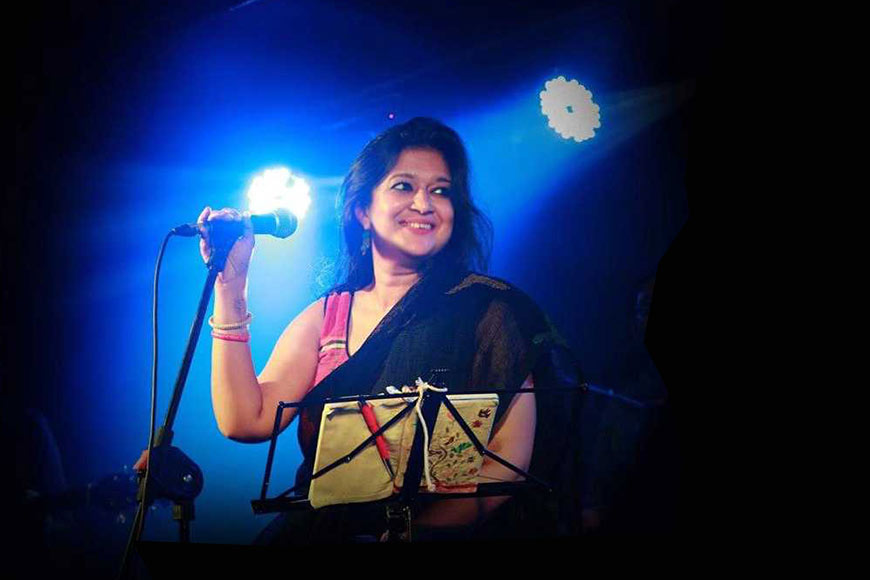
With new film releases postponed, live performances and social events cancelled, and recordings stalled, India’s entertainment industry has been hit particularly hard by the Covid crisis. Most of 2020 was spent simply trying to survive the disastrous economic impact of an unprecedented pandemic, with marketing executives scrambling frantically to come up with alternative sources of revenue, and the music industry’s equivalent of a ‘work from home’ model. The panic was largely owing to the fact that film music accounts for nearly 80 percent of the revenues in the recorded music industry, and with film releases on hold, there was an immediate threat of a huge slump in earnings.
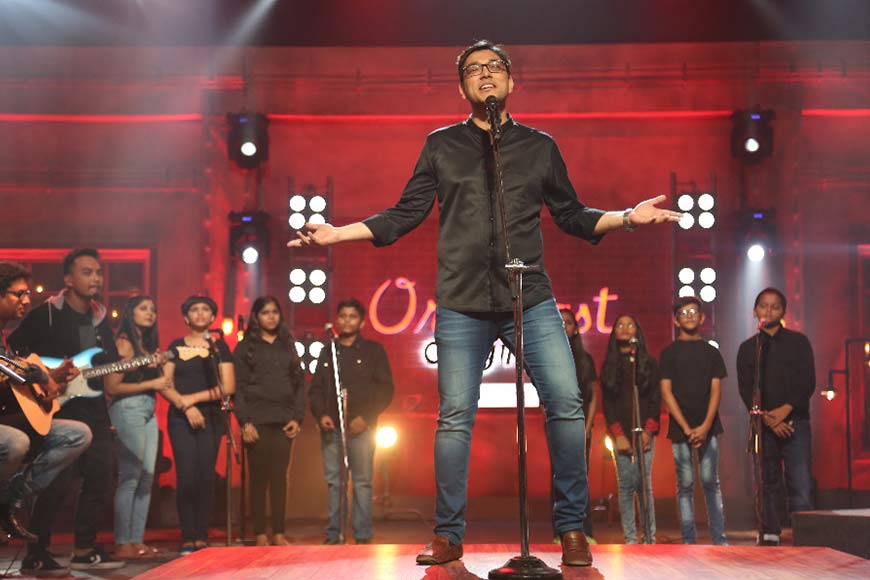 Anupam Roy
Anupam Roy
Even worse hit has been the live performances segment, which came to a complete standstill as auditoriums closed down and large gatherings were banned. For a while, it seemed as though digital platforms might provide alternative venues, but as 2021 takes its first tentative steps, the consensus seems to be that offline performances simply cannot be replaced.
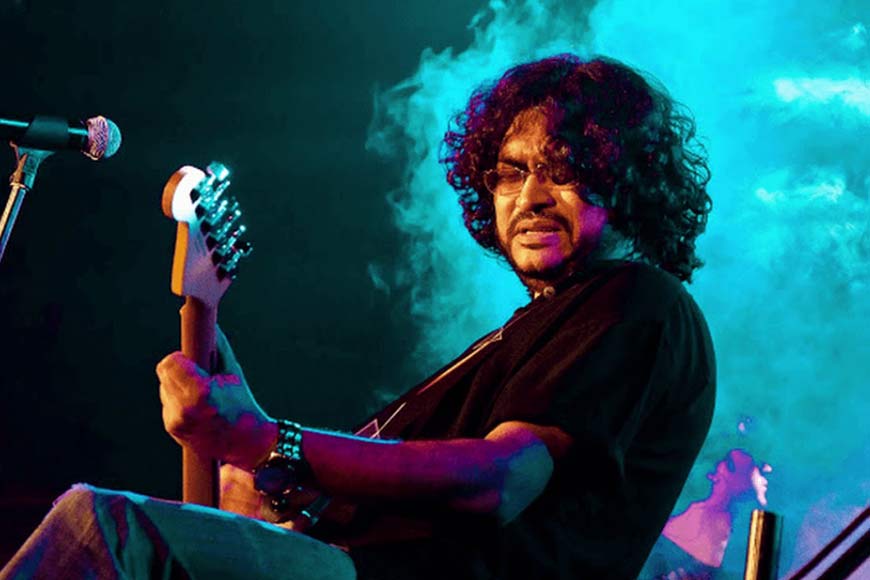 Rupam Islam
Rupam Islam
Kolkata is no exception in this case. From veteran event promoter and organizer Tochon Ghosh to next generation event organizer Kakali Ghosh of Backstage Entertainment to Apeksha Lahiri of Asha Audio, all are emphatic in their belief that the digital platforms merely represent an alternative to, but not a replacement for, offline venues.
In the recorded music segment, the one silver lining has been the surprising resilience shown by the ‘non-film’ sector, with basic albums and singles climbing their way steadily up the charts. As more and more people work from home, such music seems to have become a source of sustenance, with listenership on audio streaming services growing by 40 percent year-on-year in the first half of 2020, according to the trade body IMI (Indian Music Industry), though the entire year’s data is not yet available.
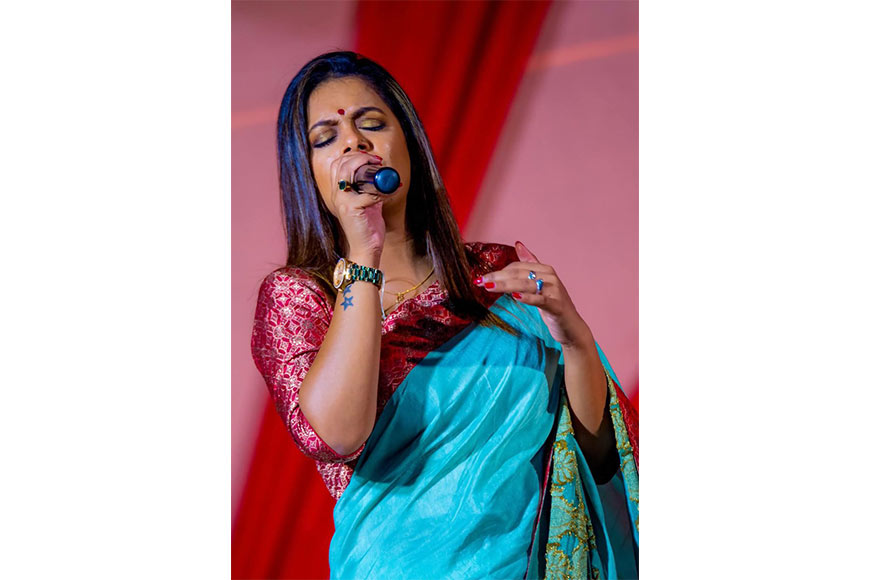 Iman Chakraborty
Iman Chakraborty
Apeksha believes that while most listeners would be happy to pay Rs 500, for example, for an offline concert, they wouldn’t be half as willing to fork out even Rs 100 for the same concert online. “There’s a psychological barrier that needs to be broken,” she says.
As a member of both the film and non-film segments, noted vocalist Iman Chakraborty says that as a professional, she is bound to perform, no matter what the platform. “When I perform on a digital platform, I may not have a thousand people sitting in front of me, there may be no sense of immediacy, but I still have 20 people depending on me for their earnings – the man who does my sound, the person who styles me, the boy who arranges the lights, the musicians – so I can’t be sentimental about the stage,” she says.
Also read : Online concerts: Here to stay?
The trouble is, event organizers say that while 2020 has come up with the concept of the digital live concert, the financial returns just haven’t been healthy enough. “Even an artiste like Sonu Nigam had to cancel a digital concert because not enough tickets had sold,” says Tochon Ghosh. “Unless auditoriums like Kala Mandir or Nazrul Mancha reopen, there simply won’t be takers for these tickets.” On the other hand, Apeksha believes that while most listeners would be happy to pay Rs 500, for example, for an offline concert, they wouldn’t be half as willing to fork out even Rs 100 for the same concert online. “There’s a psychological barrier that needs to be broken,” she says. “However, at least people are getting used to the idea of the digital platform.”
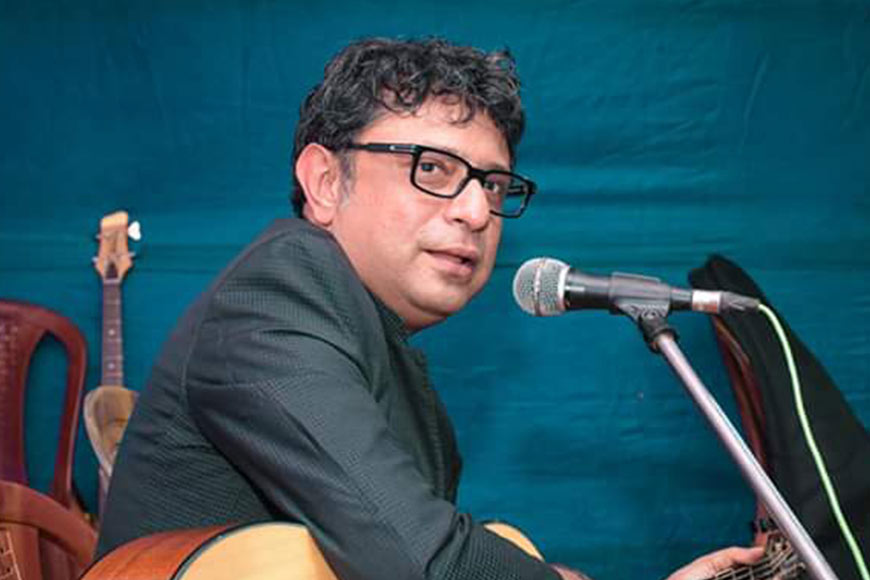 Rupankar Bagchi
Rupankar Bagchi
Kakali has yet another take. “Unless you can experience the ‘feel’ of a live concert, why would you wish to pay for something that is ultimately like recorded music? The whole idea of watching and listening to an artiste performing live is that you hear your favourite songs differently, and watch your favourite artiste perform. Otherwise, you might as well search for the original song online and listen to it,” she says. “Also, for an auditorium show, you have a captive audience. They will watch the entire show to get their money’s worth, but online shows just haven’t managed to attract that kind of focus. People watch for a few minutes and then go on to something else.”
Industry veterans such as Kavita Krishnamurti or Sahana Bajpaie are alarmed but helpless about the plight of perhaps the group of people hit hardest by the stagnation in the live performances segment – the stage musicians. In an earlier interview, Sahana had said, “Almost every day, I have musicians calling and telling me, ‘We have no money to buy food’.” Echoing these thoughts, Krishnamurti adds, “For established artistes, their savings may tide them over, but for stage musicians, or new singers, or those who chiefly depend on live events for their bread and butter, these are terrible times.”
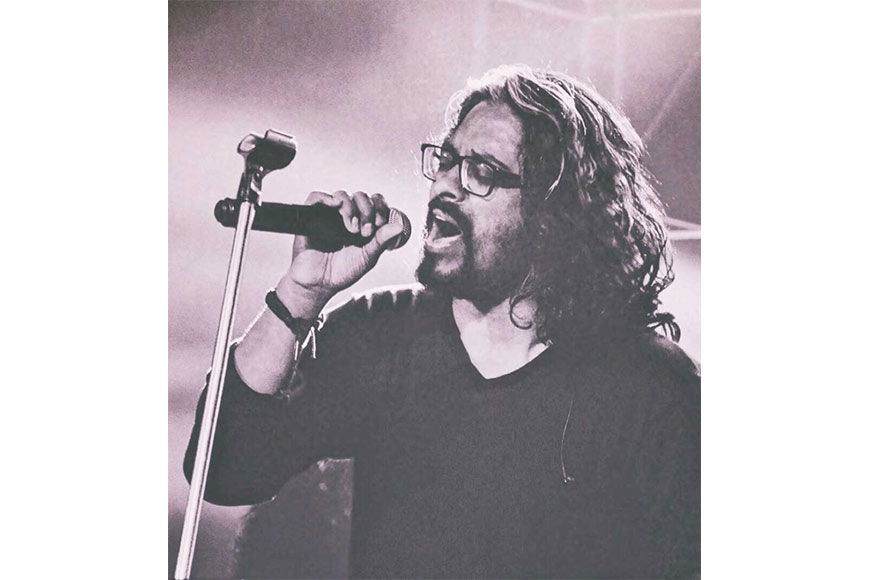 Timir Biswas
Timir Biswas
Unfortunately, while the recorded music industry may witness a recovery of sorts in 2021, not least because of the increasing online popularity of regional music, the future of live performances remains uncertain. The general consensus seems to be that unless they become financially viable, digital live events will only contribute a small percentage of the total revenue. The outlook is particularly bleak for smaller event companies, the lion’s share of whose profits came from organizing live shows, mostly musical, not just in auditoriums but also at social events such as large weddings, or corporate conferences.
For now, the music may not have stopped, but the notes aren’t soaring high.










